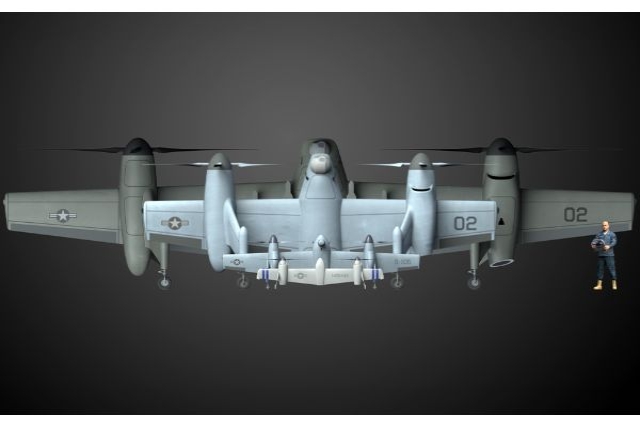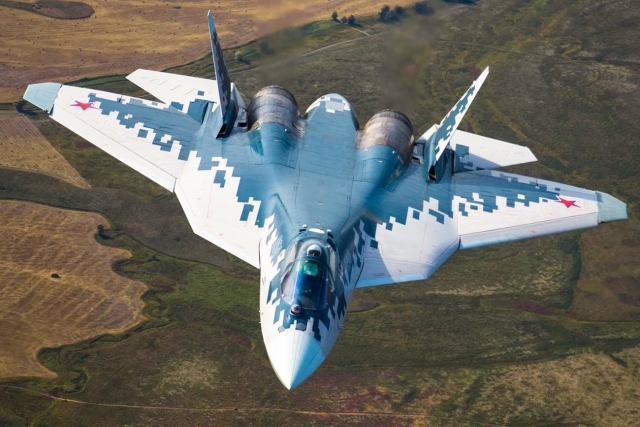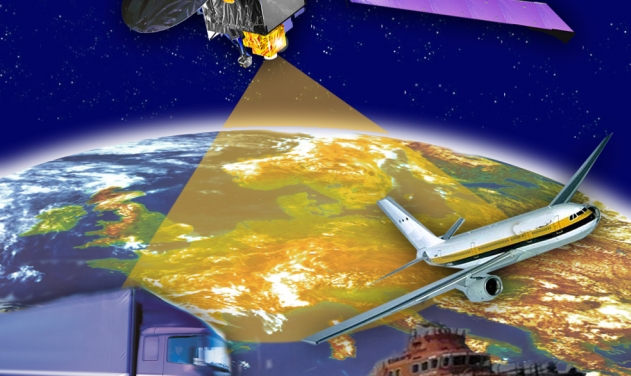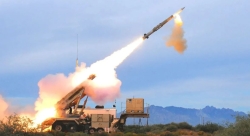General Atomics Successful In Demonstration Of Automatic Dependent Surveillance-Broadcast Surveillance System
General Atomics Aeronautical Systems announced it was successful in demonstration of an Automatic Dependent Surveillance-Broadcast (ADS-B)-based surveillance system. This system provides pilots with enhanced situational awareness and supports GA-ASI’s overall airborne sense-and-avoid architecture for its Predator B RPA. Frank W. Pace, president, Aircraft Systems Group, GA-ASI, said, “We are working closely with the FAA (Federal Aviation Administration) other governmental agencies, and industry partners to advance the safety of RPA. We believe ADS-B will play a key role in a future sense-and-avoid system and will support the FAA’s ‘Next Gen’ initiative, so this is a step in the right direction”. ADS-B is the GPS-based surveillance system which aims to convert America’s ATC system from a ground-based system to a satellite-based system, resulting in simplified air traffic logistics and enhanced aircraft safety margins. The FAA has mandated that all aircraft flying above 10,000 feet or around major U.S. airports must be ADS-B equipped by 2020. The results of the demonstration follows GA-ASI’s successful 2011 test of a prototype airborne Due Regard Radar aboard a manned aircraft. Based upon an X-band Active Electronically Scanned Array (AESA) radar, the capability will work in tandem with ADS-B to improve Predator B’s capacity to participate safely in domestic and international airspace, thus ensuring its interoperability with civilian air traffic and airspace rules and regulations.









